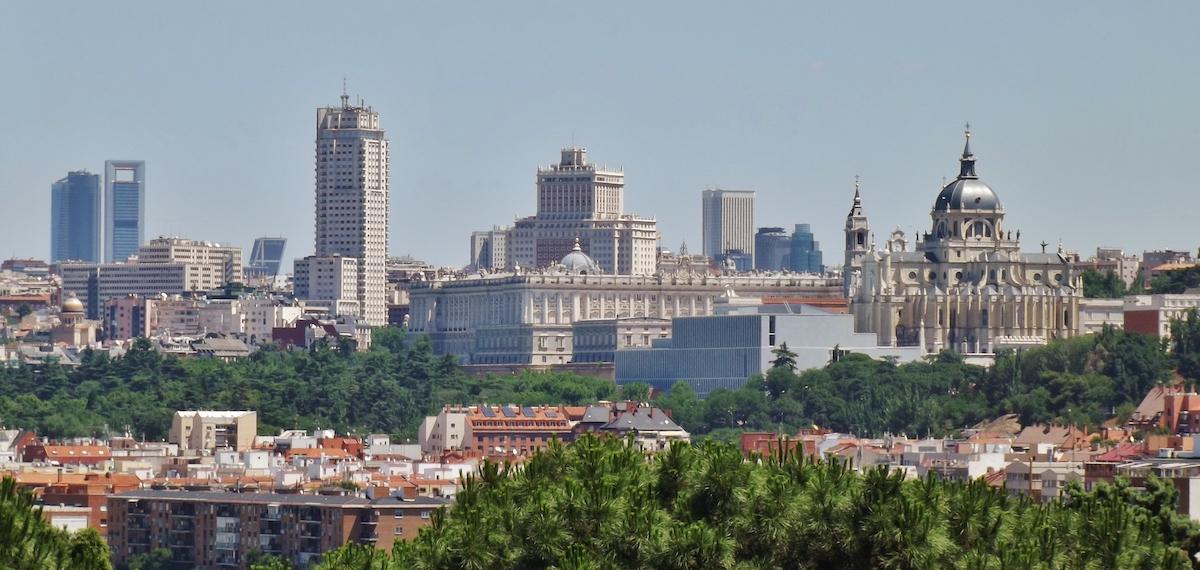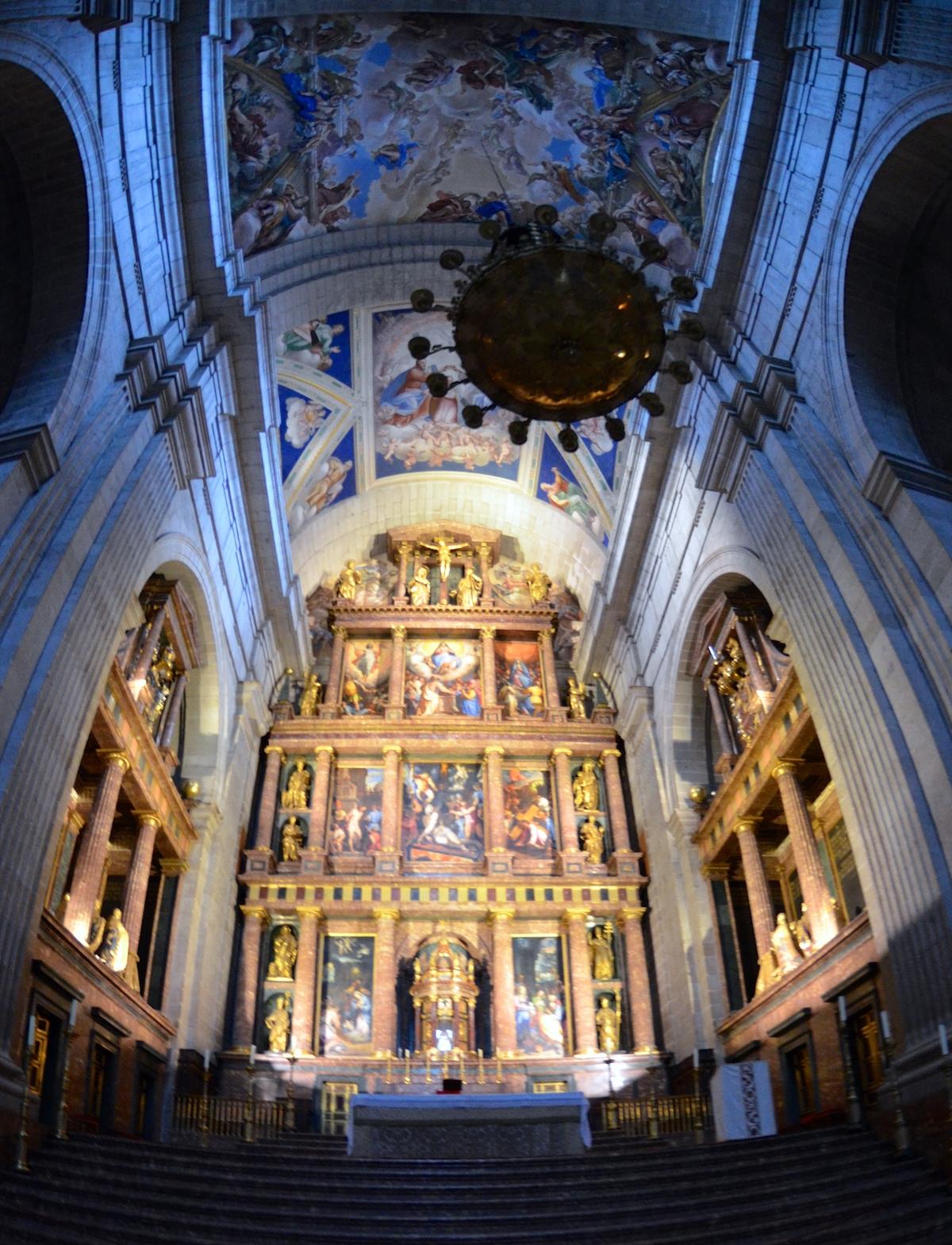The museum is located in a new building found in the gardens of the Campo del Moro park in the center of the city. It is a neighbor to the Almundena Cathedral and the Royal Palace. The building is designed by the winners of the ideas contest, Emilio Tuñón and Luis Moreno Mansilla (Mansilla + Tuñón). They began construction in 2006 but the project quickly was halted after discovering archaeological remains in the construction zone, then again it was paused while awaiting funds to complete the interior, and then, yet again, due to the pandemic. Overall this has been a long process for Patrimonio Nacional, its chairwoman, Ana de la Cueva, and the museum’s director, Leticia Ruiz, but all their hard work is finally coming to fruition. On the subject, de la Cueva said in a quote to CNN that it has become “a modern building with sober lines, spectacular in dimension. The combination of classic art and the Baroque against these lines is very powerful.
The entire project cost a whopping €172 million ($186.8 million), but the Spanish government justifies the cost because of the implementation of the museum’s “new and necessary model for the Spanish museum scene, both in its concept and in its formulation and content,” according to the Patrimonio Nacional’s website. The museum is different from all others in Spain because it will deal with aspects of global collecting by the Spanish monarchy that have not been shown ever before.





























